HYDERABAD, India: An air of solemnity is engulfing parts of this
old city with the start of Muharram, the first month of Islamic
calendar. All Ashoorkhanas here are abuzz with activity.
Once the new moon is sighted, it is black all the way – the mood, the
attire and the ambience.
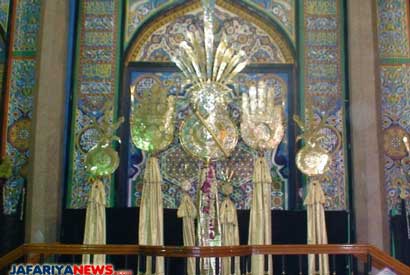
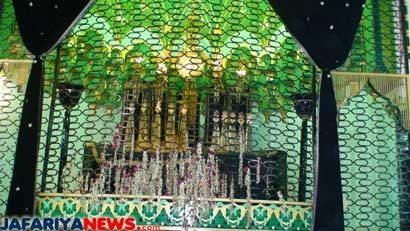
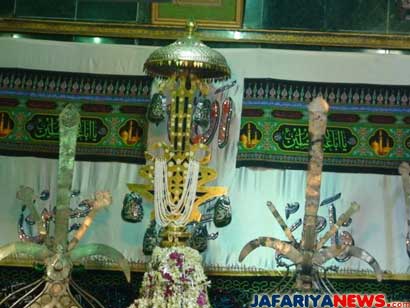
Muharram is mourning time, a time for ‘tark-e-lazzat' (abstinence)
and a halt to culinary delights and celebrations. The Shia dominated
areas of Dar-ul-Shifa, Yakutpura, Noor Khan Bazar, Mandi Mir Alam,
Irani Galli, Moula Ali present a picture of grief. The three lakh
strong Shias come together in ‘matam' like never before. Even a casual
visitor can't miss the sorrowful look here.
Sure, Muharram remains a touching chapter in the Islamic history. The
Shias mourn the martyrdom of Hazrath Imam Husain, the grandson of the
Prophet, and 72 others in the battle of Karbala waged in Iraq
centuries ago.
If Ramzan is celebrated with gusto, poignancy marks Muharram. Right
from the Qutb Shahi times, Muharram is observed in Hyderabad in
literally heart-rending manner. The Nizams, who married the Shia
women, built a number of Ashoorkhanas, the place where the ‘Alam'
(copies of battle standards) are installed, all over Hyderabad and
Telangana.
The city boasts of 125 Ashoorkhanas, most of which are more than 400
years old. They witness intense religious activity and become centres
for expression of grief publicly. Also known as Astana, Bargah and
Immbara, they served as hub of socio-cultural activities during the
Qutub Shahi period. They were also responsible for evolution of
‘marsiya', a form of poetry, whose leitmotif is the tragedy of
Karbala.
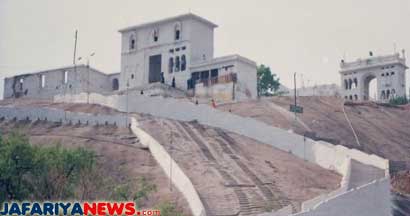
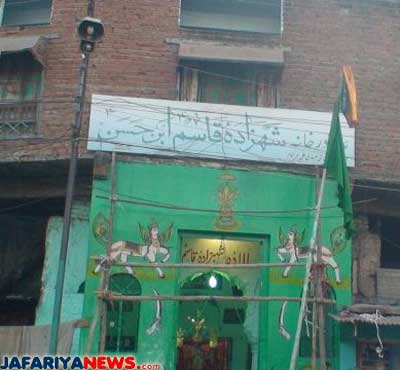
The Badshahi Ashoor Khana at Patharghatti built by city founder,
Mohd Quli Qutub Shah, is the oldest one. The other important
Ashoorkhanas include Bibi Ka Alawa, Alawa-e-Khadme Rasool, Aza Khana
Zehra.
What exactly happens here? Well, the Shias indulge in ‘azadari'
(mourning) and ‘seena-zani' (chest beating) to cries of “Ya Husain”.
For 68 days after the commencement of Muharram, Shia homes and
Ashoorkhanas reverberate with unbridled emotion. The ‘zakareen'
(orators) recall the Karbala events in chilling detail during the
‘Majalis' sessions moving the audience to tears.
“Throughout the year also some activity or the other goes on in the
Ashoorkhanas,” says Syed Hamed Hussain Jaffery, president, A.P. Shia
Youth Conference.
The highlight of the month is ‘Youme Ashoora' observed on the 10th of
Muharram with the historic Bibi ka Alam taken out on a caparisoned
elephant from Bibi ka Alwa in Dabeerpura to Masjide Ilahi at
Chaderghat.
The 65-year-old elephant, Rajni, belonging to the Nizam Trust, is
getting ready for the procession. On the 4th of Muharram it will be
taken out on the procession route just to acclimatise it to the crowd.
